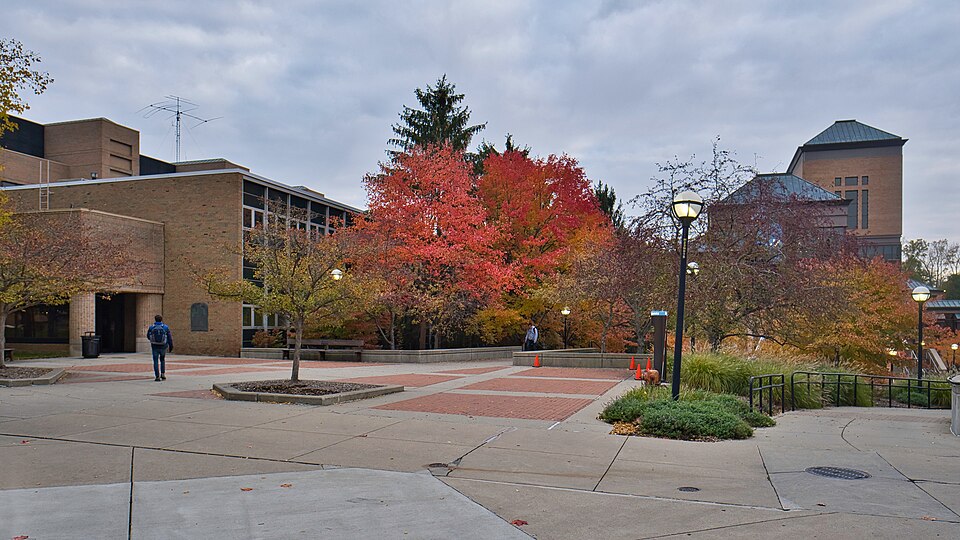University of Wisconsin Engineers Enhance Space Rover Mobility Testing

MADISON, WI — Engineers at the University of Wisconsin-Madison have made significant advancements in space exploration technology, particularly in improving how rovers are tested for mobility in extraterrestrial environments. The research, led by Dan Negrut, Professor of Mechanical Engineering at the university, addresses a critical flaw in current testing methodologies that could prevent rovers from becoming stuck on the moon or Mars.
In 2009, the Mars rover Spirit became permanently immobilized in soft sand, highlighting the challenges faced by engineers in preparing for extraterrestrial missions. Earth-based simulations have traditionally used a scaled-down version of rovers to predict their behavior in low-gravity environments. However, these tests have often overlooked the effect of Earth's gravity on the sand, leading to overly optimistic conclusions about a rover's mobility on celestial bodies.
Negrut's team utilized computer simulations to reveal that sand behaves differently under varying gravitational conditions. "On Earth, sand is more rigid and supportive due to gravity, which reduces the likelihood it will shift under a vehicle's wheels," Negrut explained. "In contrast, the moon's surface is 'fluffier,' providing less traction and making it easier for rovers to become stuck."
The findings were published in the Journal of Field Robotics in July 2025 and stemmed from a NASA-funded project aimed at simulating the upcoming VIPER rover mission to the moon. The research utilized Project Chrono, an open-source physics simulation engine developed by UW-Madison in collaboration with international scientists, showcasing the potential for high-level simulations in engineering applications.
Co-authors of the study include Wei Hu from Shanghai Jiao Tong University, Pei Li of UW-Madison, and several researchers from NASA, further illustrating the collaborative nature of this groundbreaking study. The research not only enhances the understanding of rover mobility in space but also has implications for various terrestrial applications, including military vehicle operations in challenging terrains.
Negrut emphasized the significance of their work, stating, "It's rewarding that our research is highly relevant in helping to solve many real-world engineering challenges. It's very unusual in academia to produce a software product at this level, and we're proud it can assist NASA and other organizations."
Project Chrono has been utilized by numerous organizations, ranging from mechanical watch manufacturers to military contractors, underscoring its versatility and importance in the field of engineering.
The research team has received financial backing from institutions such as the National Science Foundation and the U.S. Army Research Office, enabling them to continue enhancing and maintaining the software. The ongoing innovation aims to keep Project Chrono at the forefront of simulation technology, ensuring that it remains relevant and effective for a variety of applications.
As space exploration continues to advance, these findings stress the importance of accurate simulations to ensure the success of future missions. The implications for planetary exploration are profound, as improved methodologies could lead to more efficient and successful rover deployments on the moon and beyond, ultimately expanding humanity's reach into the cosmos.
Advertisement
Tags
Advertisement





